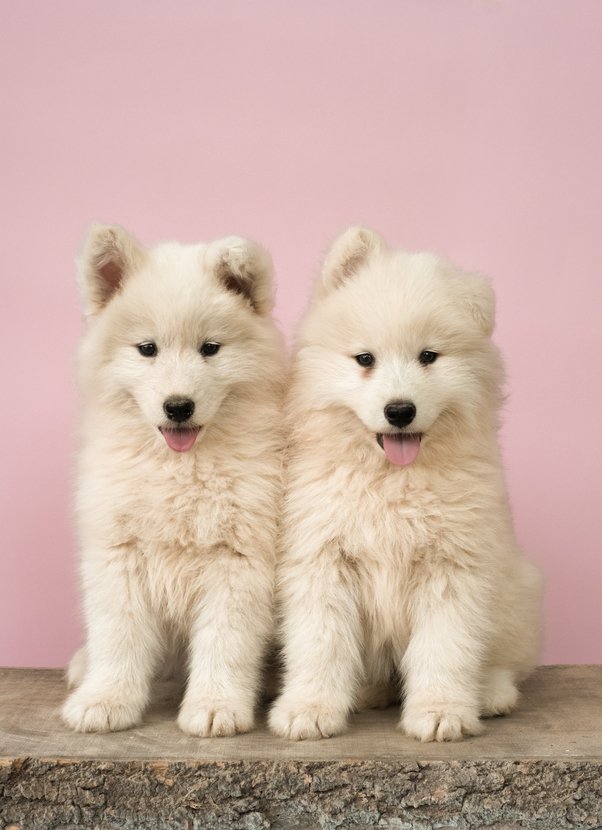
Simple Ways To Live More Sustainably With Your Pets
Our Pets Can Go Green, Too
Everyone is going green these days. It’s become a mantra that has entered our language and forced us to reevaluate our daily habits. We’re going green, our workplaces are going green, our schools are going green and our kids are going green. What about our pets? Can they go green, too?
Of course they can! You’ve heard the expression “dogs are people, too,” right? Well, they might need your help, but pets can assist in our worldwide effort to go green as well.
The Biggest Offenders & The Greenest Pets
Unless you have a pet lion or tiger, then your dog is the least green pet out there. The larger the dog, the bigger the offender, because dog food contains meat. The animals used to provide the meat have to be raised on land and fed grain products. They consume vegetation and leave waste behind.
Dog food is processed by automation, which uses fossil fuel. The food must be packaged, shipped, stocked and sold. Dogs eat this food and leave waste that pollutes our environment.
What’s the greenest pet out there? One guess should do it: the goldfish. Actually, any vegetarian fish would be a correct answer. Since there are no environmental impacts of raising a meat source to process into a food, fish leave a minuscule environmental footprint. Sadly, fish are often a food source — and realistically, what kind of companions are they?
What Can We Do?
Greenifying your pets depends on the type of companions you have at home, and what their needs are. Consider the following tips:
LItter & Bedding
It’s best to use natural cat litter. Many Earth-friendly clay products are available. Clumping cat litter is convenient, but it contains chemicals that are bad for the environment and can be poisonous to cats if ingested. Cat litter can also made with recycled newspapers, sawdust and corncobs!
Cleaning & Bathing Products
Look for nontoxic products with labels that use the words natural, organic and chemical-free when cleaning your pets (or cleaning up after them). If you take your dog to an on-site dog wash facility, use a biodegradable soap or wash product. These products will be better for their skin and will not damage the environment. Good luck trying to wash your cat!
Food
There are a lot of cheap foods on the market made with animal byproducts that contain preservatives. These may be filling, but they are not necessarily healthy to the pet or the environment. Think of them as the pet version of a sloppy joe.
Healthier and greener alternatives are on the market, and there are many to choose from. Obviously, your pet’s health comes first. Some owners even put their dogs on vegetarian diets, but talk to your vet about the healthiest option for your particular canine.
Waste
Pick up your poop, and pick up others’ when they fail to. It’s the neighborly thing to do, and in many places, it’s the law. Also, dog waste can be the source of 65 diseases that can be transmitted to humans. Picking up and properly disposing of waste is a health issue for everyone. Bag it and carry it until you find a trash can. Be sure to purchase biodegradable bags as well, since dog excrement could rot for eternity inside a non-biodegradable plastic bag.
If your dog runs free in an enclosed yard, digging a hole and burying their waste is the most environmentally friendly thing to do. Keep it away from the garden and any water runoff.
Finally, some people flush their dog and cat waste down the toilet. This is the most environmentally healthy solution, though it may not be convenient. Bringing dog waste into your home and then flushing it may not be the most settling thought. Also, with cat litter, it may provide more of a challenge to your toilet.
Love your pets. Take care of their needs and always be a good steward to them. They want to make you happy. Help them help you help the environment. People are going green, and now your pets can go green, too.
